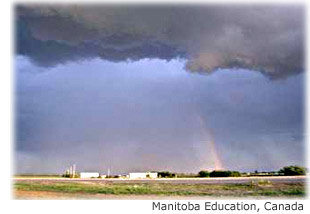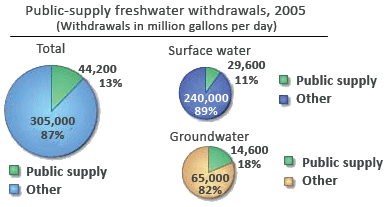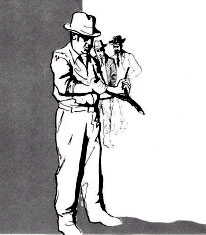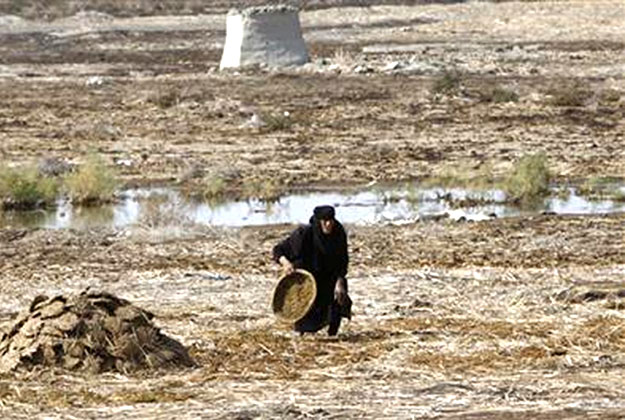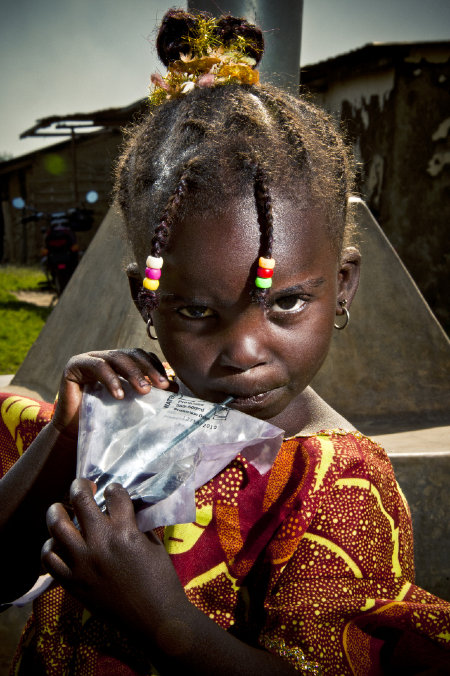Rain and snow are key elements in the Earth’s water cycle, which is vital to all life on Earth. Rainfall is the main way that the water in the skies comes down to Earth, where it fills our lakes and rivers, recharges the underground aquifers, and provides drinks to plants and animals.
Fortunately for everyone, water is a renewable resource that moves in a cycle with neither beginning nor end. Water vapor (evaporated from oceans, lakes, forests, fields, animals, and plants) condenses and returns to Earth as precipitation, once again replenishing reservoirs, lakes, rivers, and other sources of water and providing the moisture required by plants and animals.s Read more







